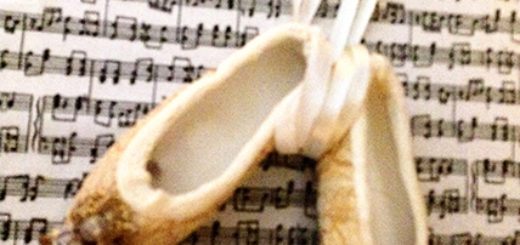Tasman Background – On the Ship
 Work on board a ship was unending. Since sailing required 24-hour attention, the crew worked long shifts. Bells signaled each hour and their shifts. Workers who didn’t perform their duties were often punished by being beaten and/or having their rations cut.
Work on board a ship was unending. Since sailing required 24-hour attention, the crew worked long shifts. Bells signaled each hour and their shifts. Workers who didn’t perform their duties were often punished by being beaten and/or having their rations cut.
Off-shift sailors took to different ways to use their time. Many played cards and brawled. Others created scrimshaw items to sell. They used knives and carved animal-shapes or intricate designs into bones. Once in a harbor, they sold them to earn money for drinking in grog shops or to buy products while ashore.
In addition to manning the sails and keeping on course, the deck needed to be kept clean. That meant the tedious process of holystoning the boards/deck. A small piece of the deck was wet down. A worker (a slave, a convict, or a low-ranking sailor) spent several days a week on their hands and knees using the holystone to scrub circles in an effort to eliminate grit, seawater, etc. that collected on the deck.




Recent Comments